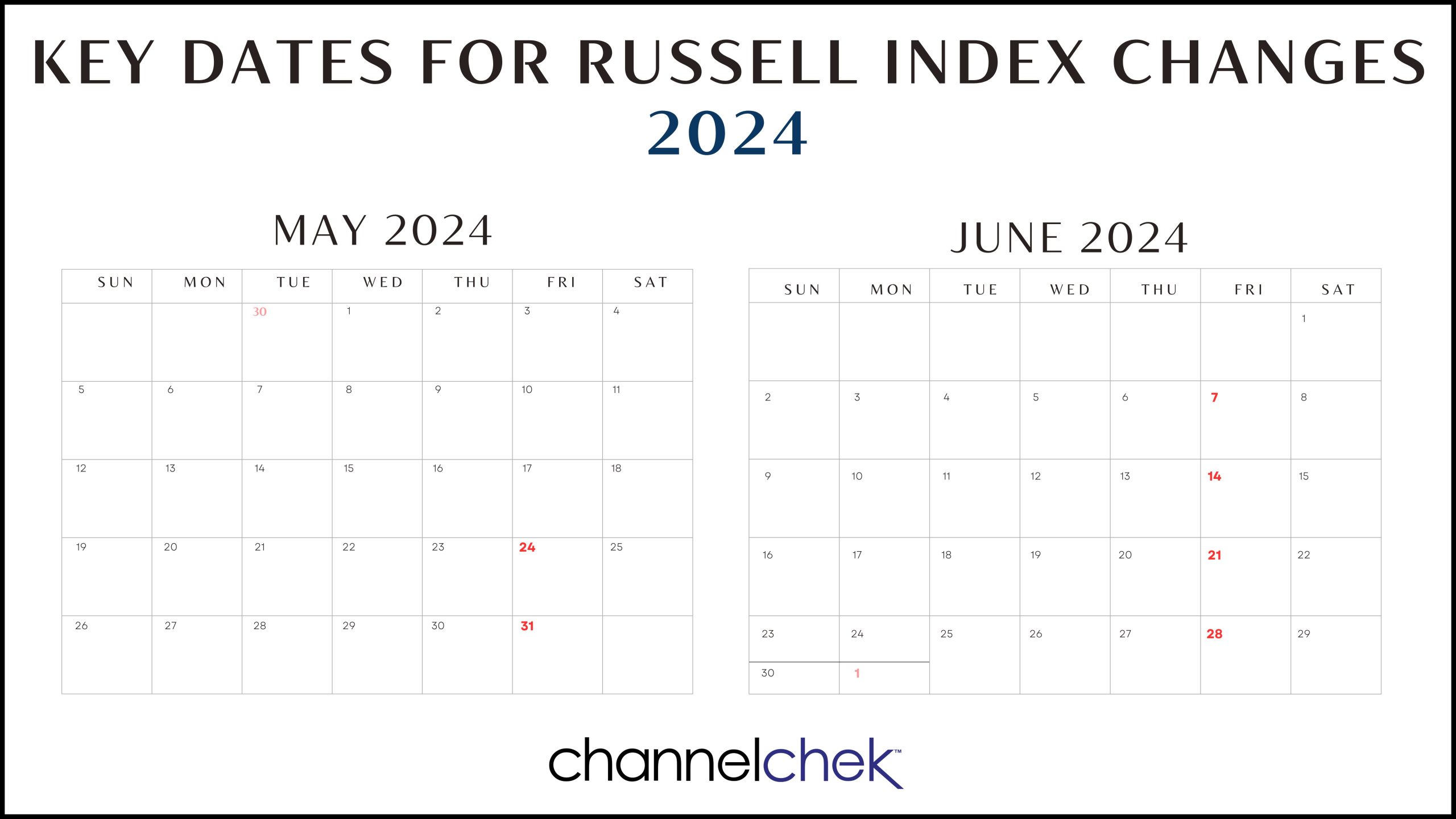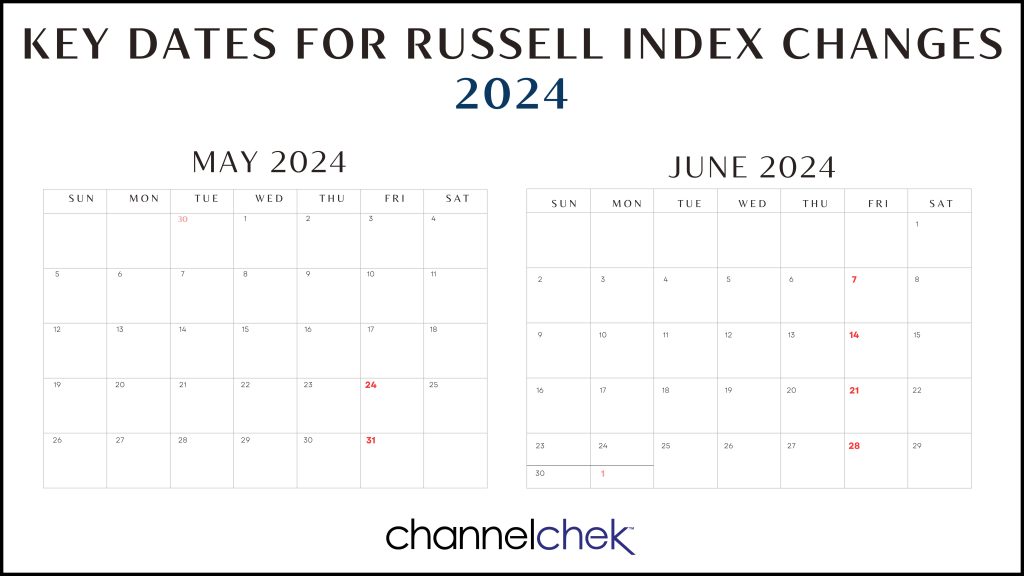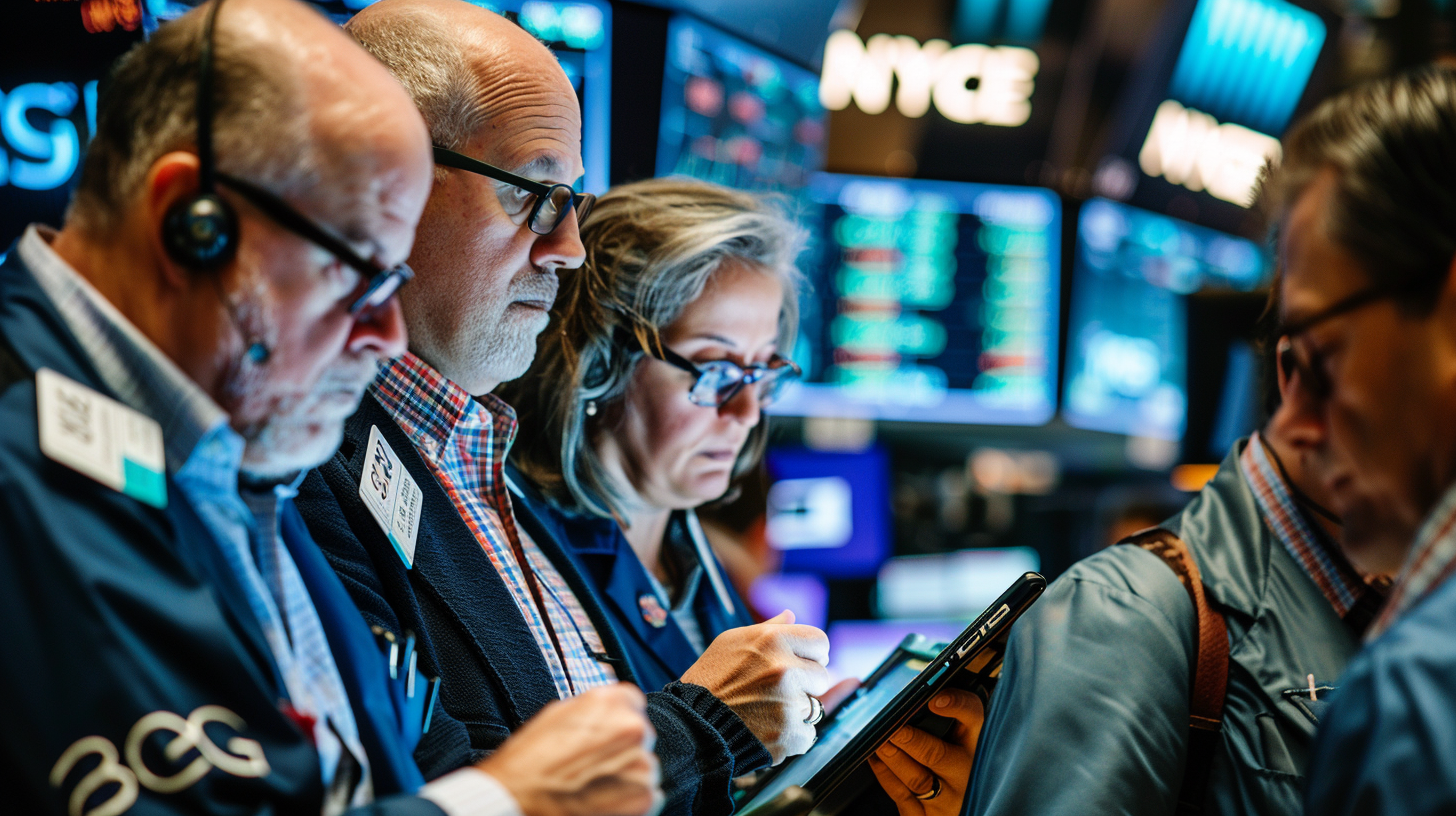In a feat cementing the relentless momentum of the historic bull market, the Dow Jones Industrial Average has obliterated the 40,000 milestone for the first time ever. The blue-chip index’s new record high represents the culmination of a stupendous 15-month surge, defying fears of an economic downturn while leaving skeptics grasping for explanations.
The Dow’s ascension through 40,000 highlights the astounding resilience fueling U.S. equities. Robust corporate profits, rapidly cooling inflation, and rising optimism over the Federal Reserve’s ability to orchestrate a “soft landing” have emboldened investors. Propelling the rally, expectations have solidified that the central bank is nearing the conclusion of its aggressive rate hiking campaign to subdue elevated prices.
Market pricing now reflects two quarter-point interest rate cuts likely by year-end, with overwhelming odds of the first reduction materializing as soon as September. The dovish pivot aligns with this week’s cooler-than-anticipated consumer price data, relieving pressure on the Fed to maintain its hawkish posture.
The Dow’s remarkable feat has been powered by heroic gains among its elite constituents throughout 2023. Semiconductor titan Nvidia has skyrocketed 94% higher amid the AI frenzy. Industrial titans like 3M, Salesforce, Boeing and Walgreens Boots Alliance have all tacked on over 20%. Even beleaguered First Republic Bank remains up 17% year-to-date despite its recent turmoil.
For investors, the Dow’s breach of 40,000 represents the proverbial pot of gold at the end of the rainbow. The milestone solidifies the “Goldilocks” scenario playing out of moderating inflation and resilient growth, providing a springboard for further gains as concerns over economic overheating fade. While risks remain of a potential inflationary resurgence, excessively tight labor conditions forcing more Fed hawkishness, or a hard landing, the prevailing mood is overwhelmingly bullish.
Stretched valuations, with the S&P 500 trading north of 20x forward earnings, represent a valid concern. But traders and Wall Street strategists remain steadfastly focused on embracing the upside, brushing aside such worries amid a torrent of positive price momentum and fundamentals. The Dow’s coronation at 40,000 is emblematic of this euphoric mindset.
For the record books, the Dow ultimately settled the session at 39,869.38, up over 19% year-to-date after reaching an intraday record of 40,038.87 before paring gains. While symbolic, the new milestone supremely underscores the dynamism and strength across Corporate America’s boardrooms and C-suites. With earnings continuing to impress amid the rate cutting pivot, many on Wall Street expect the stock market’s electrifying run to continue regaling investors.
Want small cap opportunities delivered straight to your inbox?
Channelchek’s free newsletter will give you exclusive access to our expert research, news, and insights to help you make informed investment decisions.













